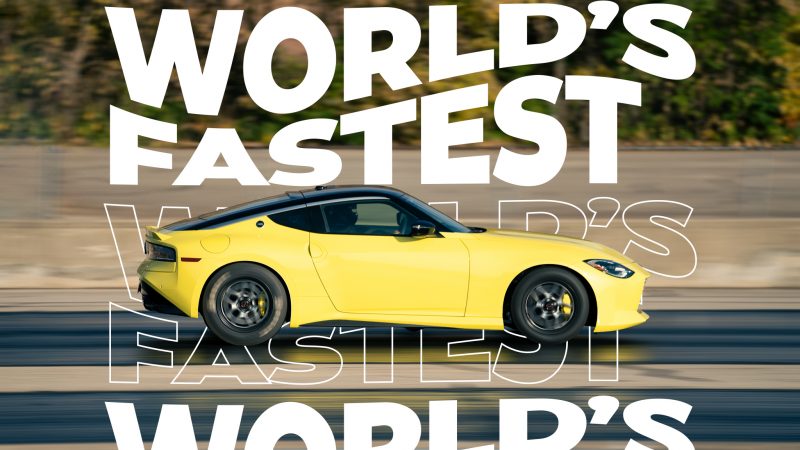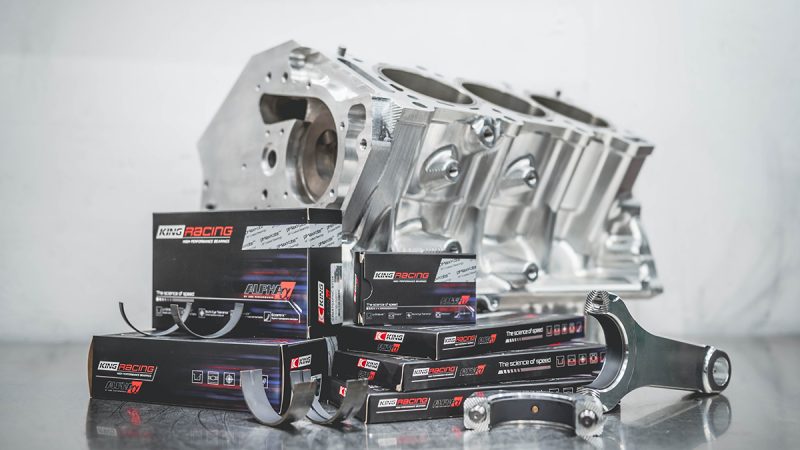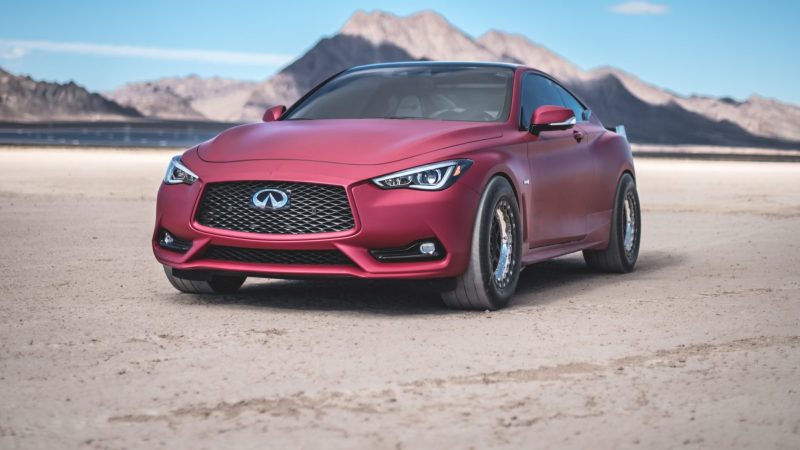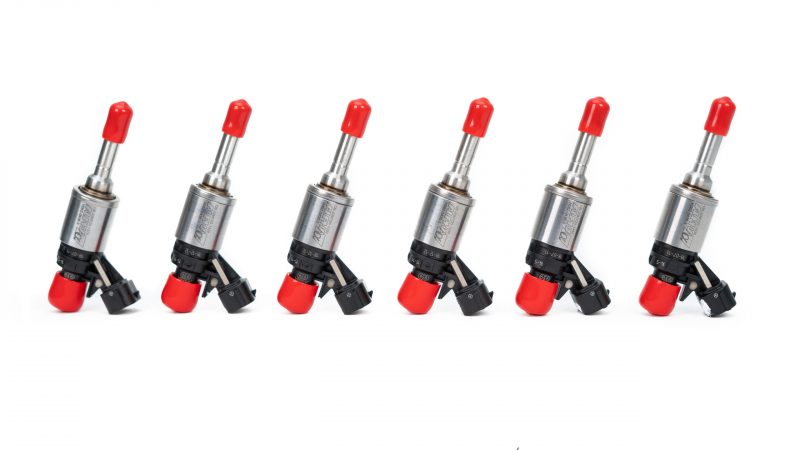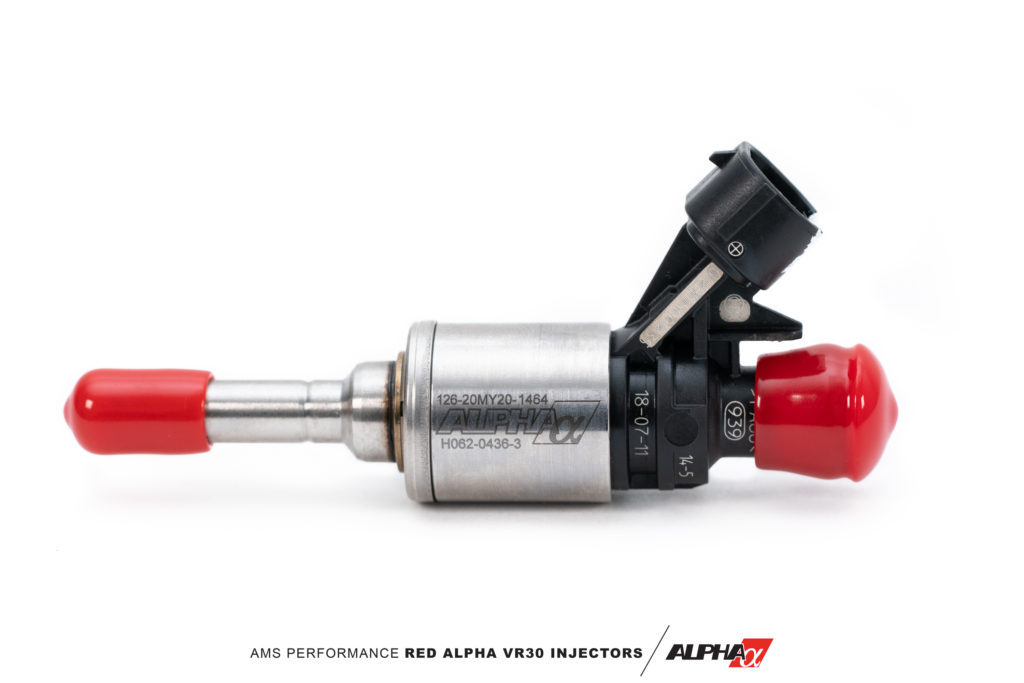
History of VR30 Direct Injector Failures
Since the launch of the VR30DDTT engine, the Infiniti Q50 and Q60 community has seen numerous fuel injector failures across a wide range of configurations. From our perspective as enthusiasts, we tend to see only the occurrences of modified examples, as that is what we surround ourselves with, either in the shop or on social media. We at AMS Performance have seen these failures firsthand from 600+ hp fully modified vehicles with upgraded turbos running e85 fuel, but also a handful of Q’s that were completely stock, and everything in between.
Despite our anecdotal experiences, the reality is there are many more failures happening to vehicles in their stock form, neither modified nor tuned. We know this not only by confirming with our contacts in the industry at Infiniti, but because there is a Technical Service Bulletin (TSB) addressing fuel injector failures, indicating this failure is a relatively large-scale occurrence.
On social media groups and forums, we have seen some of these fuel injector failures incorrectly attributed to various causes, including installing a HPFP, or simply by utilizing an ethanol based fuel. These theories have been commonly parroted by average enthusiasts, and of course have been made with no evidence or technical investigation. With the highly anticipated launch of the Red Alpha VR30 Injectors coming in the near future, AMS and Nostrum High Performance have been hard at work diagnosing OEM injector failures across the community and collecting data to find the underlying cause.
High Tech Testing and Data Collection
In our efforts to diagnose these failures, Nostrum High Performance commissioned high-resolution CT-scans of three failed OEM direct injectors. Every injector that was tested contained a small piece of debris that was lodged between the pintle and the pintle seat. This caused the injector to remain open and leak fuel into the combustion chamber unimpeded, causing a misfire condition in the cylinder. The debris found in one of the injectors was as small as 30 microns, which for reference is about half the width of a human hair. The opacity of the debris that was X-rayed seems to suggest that it is metallic in nature. While there is a small filter integrated into the OEM injector itself, it is not sufficient enough to stop sharp metallic objects, as all of the injectors tested had their filter media punctured by this debris.

We can also deduce that because there is a technical service bulletin (TSB) specifically dealing with injector failure in the VR30, that this is a strong indication that engine and/or fuel system modifications, or using ethanol fuel, are not the root cause of the failures seen. Looking closer at the Infiniti TSB (ITB17-035) itself, it states that the failed injectors be replaced and also calls for the high pressure fuel rail, and the high pressure tube on the bank where the injector failed to be replaced at the same time. This seems to indicate that perhaps there is contamination related to the fuel rail that is causing the injector failures. We can theorize that metal material is coming loose inside the rail and causing many of the injector failures that we are seeing.
While it is not completely clear where this metallic debris is originating, nor are we suggesting that 100% of injector failures are caused by fuel rail material, we can say that it is extremely unlikely that the debris would be from the Red Alpha HPFP or any other aftermarket fuel components. All our pumps are flushed, flow tested (average of 7min run time), flushed a second time, then capped immediately upon exiting the test bench. However, it is certainly plausible that with the increased pressure and resonance that an aftermarket HPFP adds, the metallic material within the fuel rail would be more likely to dislodge and enter an injector, causing a failure. This may be why it is more common for the community to see failures in cars with upgraded fuel systems, running ethanol fuel.
Because the evidence found indicates that the material may be originating from the OEM fuel rails, AMS and Nostrum are highly recommending that the same procedure found in the Infiniti TSB be followed by our customers before the installation of the Red Alpha VR30 Injectors. AMS Performance backs the Red Alpha injectors with a two year warranty, but damage caused by foreign object debris, either from the rail or installation contamination, will not be covered under warranty.
Solutions Moving Forward
With this information, what can be done to prevent injector failures on the VR30? Our first recommendation will be to replace both fuel rails with the newest OEM batch available. AMS Performance will be keeping these units in stock for customers that plan to install our Red Alpha Injectors. Secondly, we suggest installing a fine micron inline fuel filter in the engine bay. These inline filters will reduce the likelihood of any material entering the injectors from the fuel tank. Lastly, we suggest taking extreme care to keep your work area clean when doing ANY fuel system work on the VR30. Contamination can enter the system very easily from a dirty work environment, or by not using clean gloves when handling fuel system components.
We hope this information will help the VR30 community with a common issue that has plagued our enjoyment of our cars. AMS and Nostrum are committed to development of the platform and as we move forward with even bigger builds and higher HP numbers, we are ready to bring our expertise and technical abilities to help!
Click HERE for AMS Performance Red Alpha Fuel System Components and Replacement OEM Fuel Rails

